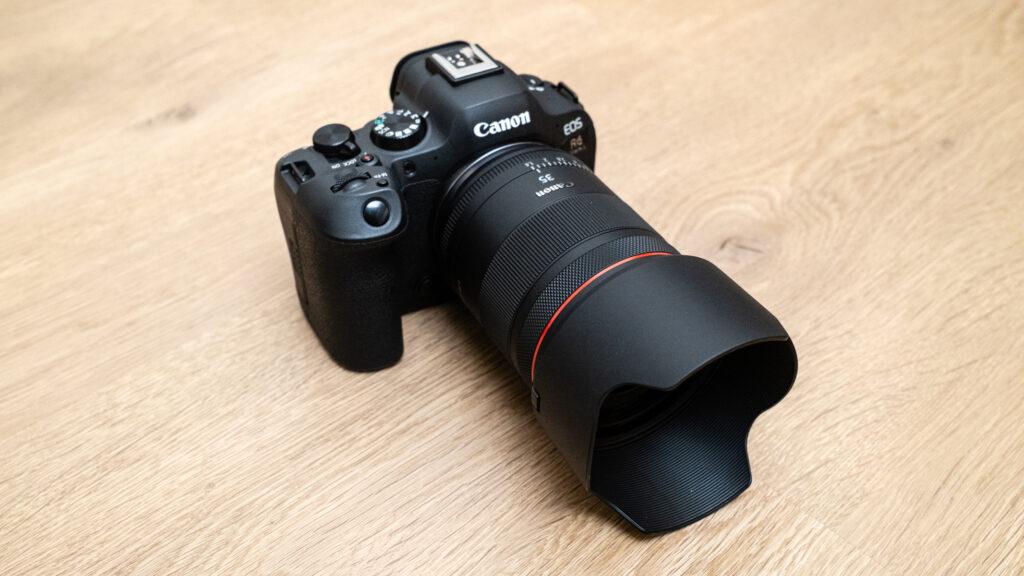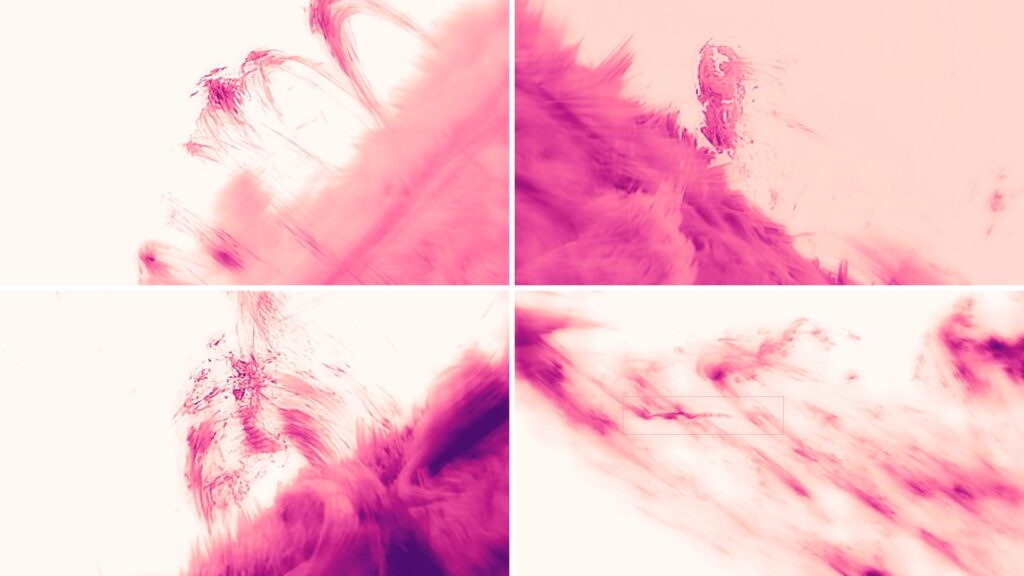
A rare parade of planets is coming into better view in the second half of June, and even the moon will join the show.
The current early-evening sky is completely devoid of any of the five bright planets you can see with the naked eye (Mercury, Venus, Mars, Jupiter and Saturn). You have to wait until the second half of the night to see any of them, and then they will slowly come into view, one by one, and just before sunrise, all five will be stretched out across the southern and eastern sky.
Certainly, it is not unusual to see two or three bright planets in a single glance, but to have five in view simultaneously is something quite special. This week’s alignment will be quite “tight,” with the five worlds appearing to stretch across an arc only about halfway across the sky from east-northeast to almost due south roughly about a half hour before sunrise.
Related: 4 planets align over Manhattan in dazzling Good Friday parade (photo)
But even more interesting is that these five planets will appear in the same sequence in the sky as they are in their respective orbits around the sun. In this particular case, scanning from the east-northeast horizon and continuing upward and toward the right, will be Mercury, Venus, Mars, Jupiter and Saturn. Add the moon, which can serve to mark Earth’s position in this lineup from June 23 to 25, and we have an exceptionally rare configuration.
Incredibly, the last time this kind of alignment happened was March 5, 1864!
If you’re looking for binoculars or a telescope to see planets in the night sky, check our guide for the best binoculars deals and the best telescope deals now. If you need equipment, consider our best cameras for astrophotography and best lenses for astrophotography to prepare for the next planet sight.
The lineup
See Venus and the moon?
If you take a photograph of the five-world fiesta, let us know! You can send images and comments in to spacephotos@space.com.
Here’s how the lineup will appear, starting with the “lead” planet, Saturn, which will make its appearance around the middle of the night and then continue into the predawn hours with Jupiter and then Mars. Dazzling Venus makes its appearance at the break of dawn, followed about 30 or 40 minutes before sunup by the innermost planet, Mercury.
Saturn is primed for autumn evenings in 2022, but it’s now rising before midnight local daylight time. To the naked eye, Saturn looks like a bright, yellow-white “star” shining with a sedate glow in the relatively dim zodiacal constellation Capricornus. The planet’s famous rings can be glimpsed with a small telescope magnifying at least 30 power. At the first light of dawn, Saturn is well placed for viewing in the southeast or south-southeast sky.
Jupiter is an early-morning object. It’s in western Pisces, rising around 1:30 a.m. local daylight time. It glows at a brilliant magnitude -2.4 — more than 2.5 times brighter than Sirius, the brightest star in Earth’s sky. The big planet comes to western quadrature (90 degrees west of the sun) on June 29. When looking through a telescope, you may notice that the planet’s western limb is slightly less illuminated than its eastern limb this month.
Mars is finally beginning to call attention to itself as it approaches Earth and continues to brighten. It rises in the east shortly before 2 a.m. local daylight time and now shines at magnitude 0.5 — a match for Achernar, the ninth-brightest star in Earth’s sky. You’ll recognize Mars by its distinctive orange-yellow hue.
Venus rises around the time of dawn’s first glow, near 3:30 a.m. local daylight time. At magnitude -3.9, Venus outshines its nearest competitor in brilliance, Jupiter, some fourfold. Binoculars will help to show the Pleiades star cluster 9 degrees to the left of Venus before morning twilight gets too bright.
Mercury is a latecomer to the morning planet scene. Back on May 21, it was at inferior conjunction and still far too dim to be seen low in the dawn sky when June began. But on June 16, Mercury was at its greatest elongation, 23 degrees west of the sun, at magnitude 0.6, now making it marginally visible to the unaided eye very low in the east-northeast about 30 to 40 minutes before sunrise. Look for it about 10 degrees to Venus’ lower left. (Your clenched fist held at arm’s length is roughly equal to 10 degrees.) Through the end of June, Mercury remains about the same altitude in bright twilight as it continues to brighten.
The moon joins in, too!
Adding to this remarkable planet array is Earth’s moon, which will pass through the general vicinity of all five planets in the coming days, making identifying a particular planet on a given morning much easier. On Saturday (June 18), for instance, a waning gibbous moon will be positioned 6 degrees to the lower right of Saturn.
Then, on Tuesday (June 21), as we transition from spring to summer, take note of the last quarter (“half”) moon situated 5 degrees to the lower right of Jupiter. If you have a telescope, it will be well worth checking out Jupiter to see all four Galilean moons — arranged not in a straight line but in a zigzag configuration, all on one side of the planet. Moving outward from Jupiter, you’ll see Io, followed by Europa, then Callisto and, finally, the largest of the four, Ganymede.
On the following morning (Wednesday, June 22), the moon will come to within 5 degrees to the west (right) of Mars.
Then, from June 23 to 25, the waning crescent moon will occupy the broad space between Mars and Venus, and we could then imagine it serving as a proxy for our home planet — a sort of ersatz Earth — to help complete the planetary sequence.
Related stories:
It will be well worth setting your alarm clock for around 5 a.m. local daylight time on June 26 to spot an eye-catching celestial tableau involving a slender crescent moon hovering 2.5 degrees to the left of Venus. And on this same morning, hovering a half dozen degrees above them, will be the beautiful Pleiades. You’ll be able to fit all three in the same field of view of a standard pair of 7-power binoculars. Simply exquisite!
Last but certainly not least, on June 27, about 30 to 40 minutes before sunrise, use binoculars to scan the east-northeast horizon in the brightening dawn twilight and see if you can catch Mercury, which will have brightened to magnitude -0.4. And 3.5 degrees to its upper left, you might also get a glimpse of the now exceedingly thin crescent moon, only 3% illuminated. As a bonus, see if you can pick out the orange first-magnitude star Aldebaran, situated about 7 degrees to the left of Mercury.
Almost everyone gets a good view
Perhaps the best thing about this compelling planetary lineup is that it’s visible even from light-polluted cities and towns. All five planets (and the moon too, of course) are conspicuous enough to shine through the haze and bright lights of major metropolitan areas.
Related: What equipment do you need for stargazing in a city?
The only drawback, of course, is that to see the lineup to its fullest extent, you’ll need to arise as dawn is beginning to brighten the eastern sky. Keep in mind that it will be decades before you’ll have another opportunity to see the planets and moon arranged in such a manner, so don’t miss this chance!
And one final note: Make sure you have an unobstructed view of the eastern and southern horizons so that you’ll have a clear view of the moon and planets on any given morning. The best views will be either from an elevated area above any tall buildings or trees, or from a shoreline where you can look out over open water to a flat sea horizon.
Good luck, and may you have clear skies!
Joe Rao serves as an instructor and guest lecturer at New York’s Hayden Planetarium. He writes about astronomy for Natural History magazine, the Farmers’ Almanac and other publications. Follow us on Twitter @Spacedotcom and on Facebook.


